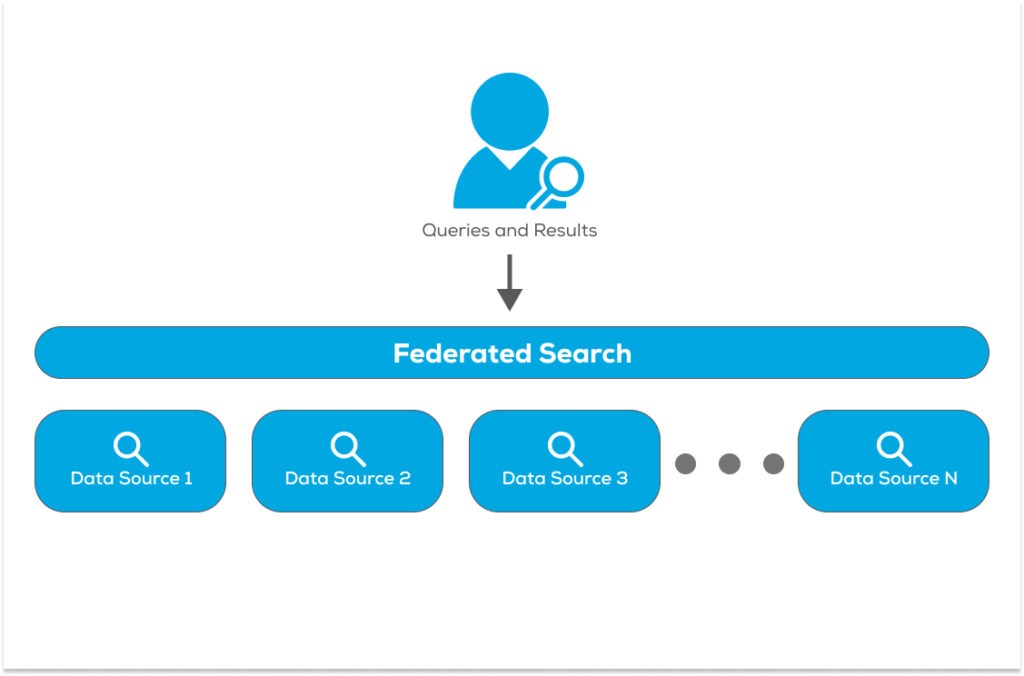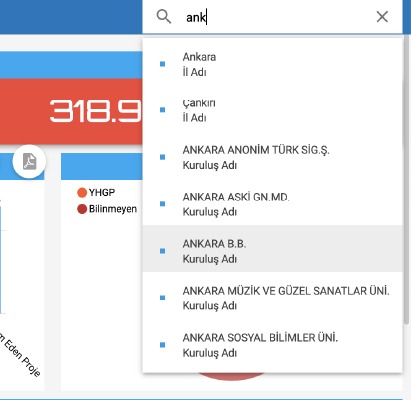The 360-degree data view is crucial for effective data analytics to see all details, reach information and insights, and discover potential.
This holistic approach actually appears in many sources as the acquisition of a 360-degree customer view and defines a concept that aims to gain insights about how a customer or potential customer can interact with the organization to purchase a product or service. For this purpose, it is aimed to reveal a complete view of customers with data from various sources. Tools such as predictive analytics systems provide a 360 degree-view of a person on a single interface by integrating into existing platforms. Data from sources, such as mobile devices, customer support systems, online communities, social media platforms that customers interact with are used for customer analysis. To obtain a 360-degree view of people, structured and unstructured data must be interpreted and combined, and this requires a strong data analytics strategy. In our article, we discuss some of the methods used for this purpose.
Federated Search: All Queries on a Single Interface
Federated Search can be defined as a technique that allows the user to search more than one different data source with a single query. By aggregating results from one or more data sources, all results are listed in a single user interface, and users can see results from multiple sources, such as network drives, intranets, warehouses, and websites with a single search. When we type a query in macOS Spotlight or Windows searches, the search engine scans apps, web pages, contacts, and documents from different sources and shows the results from these sources. These are common examples of a federated search.

Why Is Federated Search Important for Analysing Data in 360 Degrees?
According to research by CMSWire*, more than 90% of the data that institutions have is unstructured, hidden in thousands of documents, and more than 60% of queries require at least four different data sources to get the exact results. At this point, federated search is crucial for the discovery and holistic analysis of all data.
We can explain the importance of being able to view the data 360 degrees with federated search through our Datactive product. Since Datactive is an analysis system for the discovery of hidden connections between people, it is very important to be able to look at people holistically to reach the right results. Therefore, data from different sources must be displayed on a single interface at once, and DQL (Datactive Query Language) provides this. Depending on the subject investigated, it is possible to instantly view data about a person from different sources such as a vehicle, phone record, bank account, transactions, family information, etc. on a single interface.
In business intelligence systems, all data about queried topics must be accessible at once. Our smart search feature queries the searched information from many different sources, lists the results, and updates the entire panel considering the information entered.

Data Discovery “From the Known to the Unknown”
Although it sounds irrational, we did not make any mistakes by defining data discovery as “from the known to the unknown” 😊. When we query about a person that we know or have some clues or information, we may get many different results. Therefore, it is necessary to “discover” the data. Data discovery is not a tool but describes a user-oriented process for uncovering data insights and patterns by navigating data visually or using advanced analytics applications.
For example, if we have some information or clues about somebody or something and we query it on Datactive, we may get many results. Therefore, we actually start a discovery from the known to the unknown. At this point, what makes Datactive a powerful analysis system is that it offers comprehensive data discovery, which provides a 360-degree data view. This is provided by relationship-oriented data visualization, various expansion options, and dynamic filtering features.
Regardless of the purpose, all systems that offer data discovery must include the following features;
- Operations should be performed with zero-code for business users who do not have a technical background.
- Ability to connect to different data sources.
- Strong data preparation and modeling capabilities such as combining data from different sources.
- Rich visualization options to provide easy data understanding.
- Since detailing of data is crucial during the data discovery process, the system should provide interactive data visualization.
These approaches support 360-degree analysis of data on a single interface and underlie data analytics systems. Our products and solutions meet all these features and more for comprehensive data analysis. For detailed information, you can visit the product pages and contact us.
Resources:
